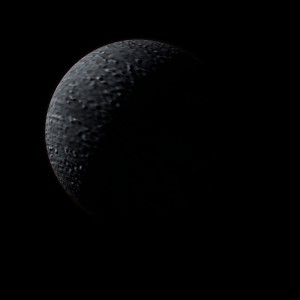|
|
Space Astro
|
Info for exoplanet "Kopro'forn"
| Scientific (actual) data |
|---|
| Name | CoRoT-8 b |
| Planet status | Confirmed |
| Planet mass | 0.2158 |
| Radius | 0.5692 |
| Orbital period | 6.21229 |
| Semi major axis | 0.063 |
| Orbit eccentricity | 0 |
| Inclination | 88.4 |
| Angular distance | 0.000166 |
| Discovered | 2010 |
| Updated | 2018-11-20 |
| Tzero tr | 2454240 |
| Publication | Published in a refereed paper |
| Detection type | Primary Transit |
| Mass measurement type | TTV |
| Radius measurement type | Primary Transit |
| Star name | CoRoT-8 |
| Right ascension | 291.59° |
| Declination | 1.43° |
| Mag v | 14.8 |
| Star distance | 380 |
| Star metallicity | 0.3 |
| Star mass | 0.88 |
| Star radius | 0.77 |
| Star sp type | K1V |
| Star age | 3 |
| Star temperature | 5080 |
| Wikipedia article | CoRoT-8 b |
Back
| |
| Fictional info (?) |
|---|
| Suggested name | Kopro'forn |
| Planet type | Hot gas giant |
| The outer atmosphere is visibly segregated into several bands at different latitudes, resulting in turbulence and storms along their interacting boundaries. |
| Atmosphere | Nitrogen | 73% |
| Methane | 17% |
| Ethane | 9.5% |
| Molecular hydrogen | 0.12% |
| Ammonium hydrosulfide (NH4SH) | 0.072% |
| Xenon | 0.045% |
| Atmospheric pressure | 50 bar |
 |
| Moon | Lehoelind-rosa | Large round rocky moon |
| Jaorix | Large round oceanic comet |
| Afariji Her | Huge slightly egg-shaped rocky moon |
| Pepsadys | Huge round crater-filled moon |
| Google search for Kopro'forn |
|
Website by Joachim Michaelis
|
|
|
|